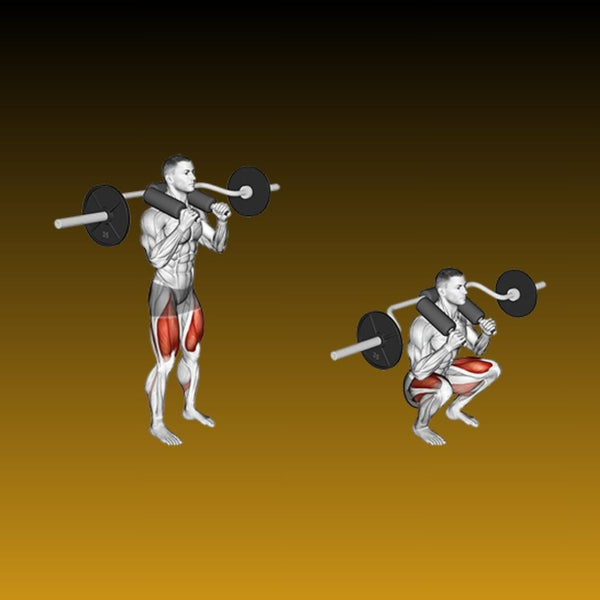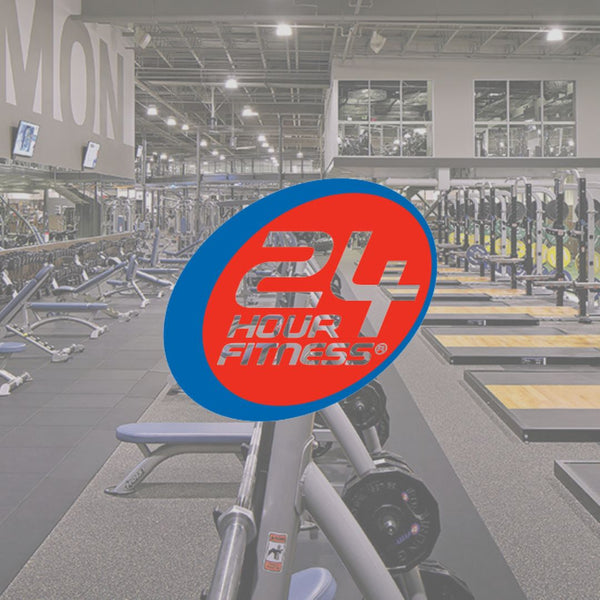Any modern gym will likely offer plenty of pieces of equipment and machines to choose from to help put on plenty of muscle mass and strength.
However, one piece has been ignored for too long…the safety squat bar (SSB)!
There are 2 things you need to know about the SSB:
- It’s one of the most effective pieces of equipment in the gym.
- It’s also one of the most underutilized pieces of equipment in the gym.
If you haven’t used it, do yourself a favor and start!
The Safety Squat Bar
An SSB is a heavily cambered bar, meaning the ends of the barbells drop down. As a result, when you place the bar on your back, the weights hang lower and are closer to the body’s center of gravity.
In addition, the SSB has two handles protruding out in the center of the bar. When a person gets the bar on their back, the handles come out in front of the body, making it easier and more comfortable for a lifter to hold onto.
Another major characteristic is the bar is heavily padded. Due to the design, the bar sits higher on the neck. Further, the handles come across the traps, adding to the discomfort if not for the extra padding.
Related: Best Safety Squat Bars
Squats
Many who know of the SSB primarily know of the squat.
This is an awesome exercise with numerous benefits:
- It sits high on the upper back/neck, resulting in a more upright torso, leading to less stress on the back
- Handles mitigate issues with shoulder mobility
- The weight sits lower, which can be more comfortable for some and leads to better mechanics.
You perform the SSB squat in a similar manner as a regular squat. However, as the bar sits higher back, the torso will be more upright.
The SSB squat is an awesome choice to add mass to your legs but it’s not the only SSB exercise.
3 Other Awesome Safety Squat Bar Exercises
There’s a lot more to the SSB than just the squat. Try these 3 other exercises in your program.
1. The Hatfield Squat
The Hatfield squat is one of the most unique, effective, and underutilized exercises in the gym. It was created by powerlifter Fred Hatfield, who used it to add extra volume to his legs during the off-season while mitigating stress on the back.
To perform it, you first must set up an extra barbell on a stand at about chest height.
You will then load an SSB on the same rack as the barbell. Next, unrack the loaded SSB and take a step back. Let go of the handles on the SSB and grab the barbell; the SSB will balance easily.
You can then perform squats using the racked barbell as support to help keep an upright torso. Ultimately, this takes even more stress off the back and allows you to place greater volume on the legs.
2. Front Squat
Yep! You can perform the front squat with the SSB. In fact, for many people, it can be a more comfortable option!
With the SSB racked, lift the handles so they face you. Move up to the bar with your head in between the handles until your chin sits on the bar. At this point, the handles will be hanging past your shoulders. From here, you can reach up in front of your body and just hold the bar.
This is a great choice for those who have shoulder or wrist mobility issues that make performing a front rack uncomfortable. It also tends to be more easily supported.
3. Lunge
Performing the lunge with an SSB is exactly the same as performing it with a barbell or dumbbell, at least in terms of the movement’s biomechanics.
There are two primary benefits of performing safety squat bar lunges.
The first is that the load is better balanced than when performing with a barbell.
Second, you can use more weight as your grip is not the limiting factor when performed with dumbbells.
It’s basically the best of both worlds. This can apply to various types of lunges and split squats.
Plenty Of Others
Above are just three other SSB exercises, but the reality is that there are many others. ?(Leave a comment below if you have another favorite SSB exercise!)
For example, step-ups and squat jumps. You can even perform upper body movements, such as overhead pressing, to apply a new stimulus.
The main takeaway I want you to take away is to not ignore this bar if your gym has one! Go grab it and try some of these exercises!
Going further, I want to encourage you to try some new things occasionally! Sure, you need to use discernment on what’s effective and what’s a scam, but you could find your new favorite exercise.



